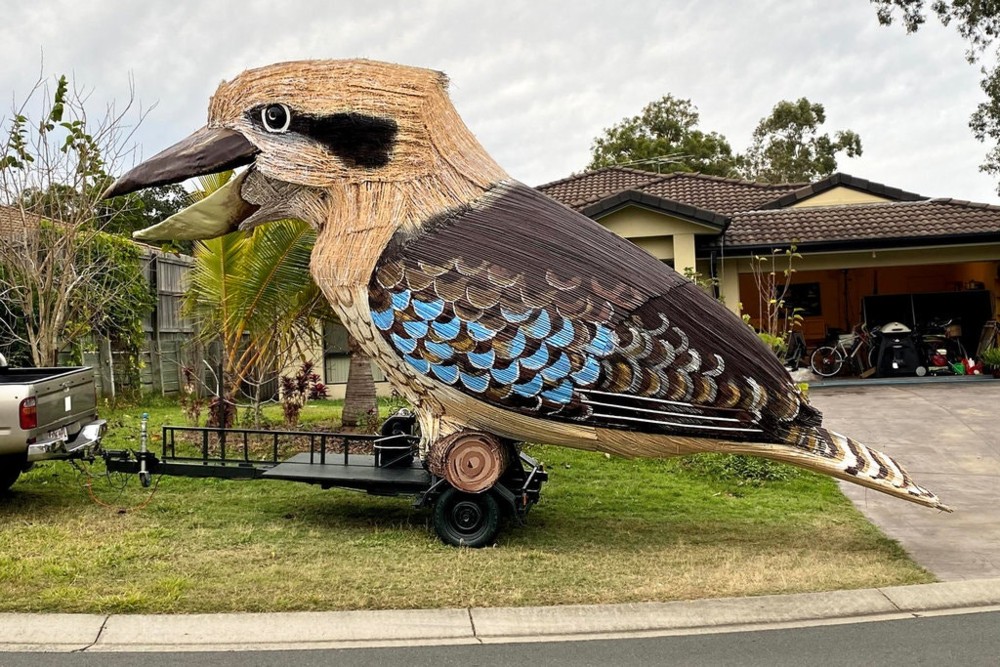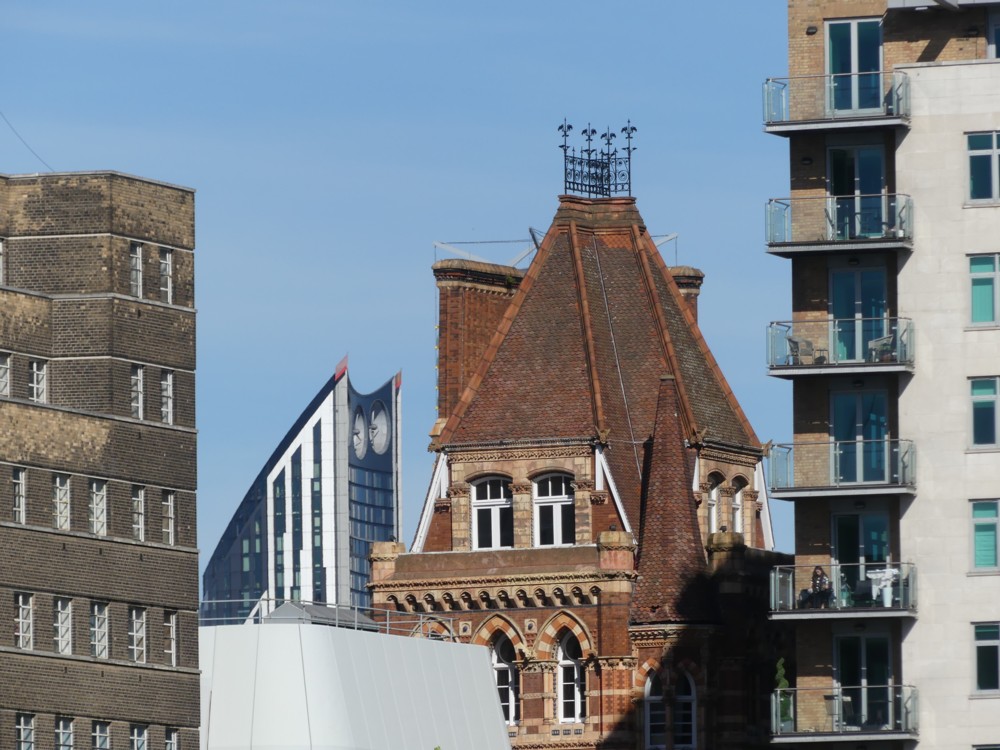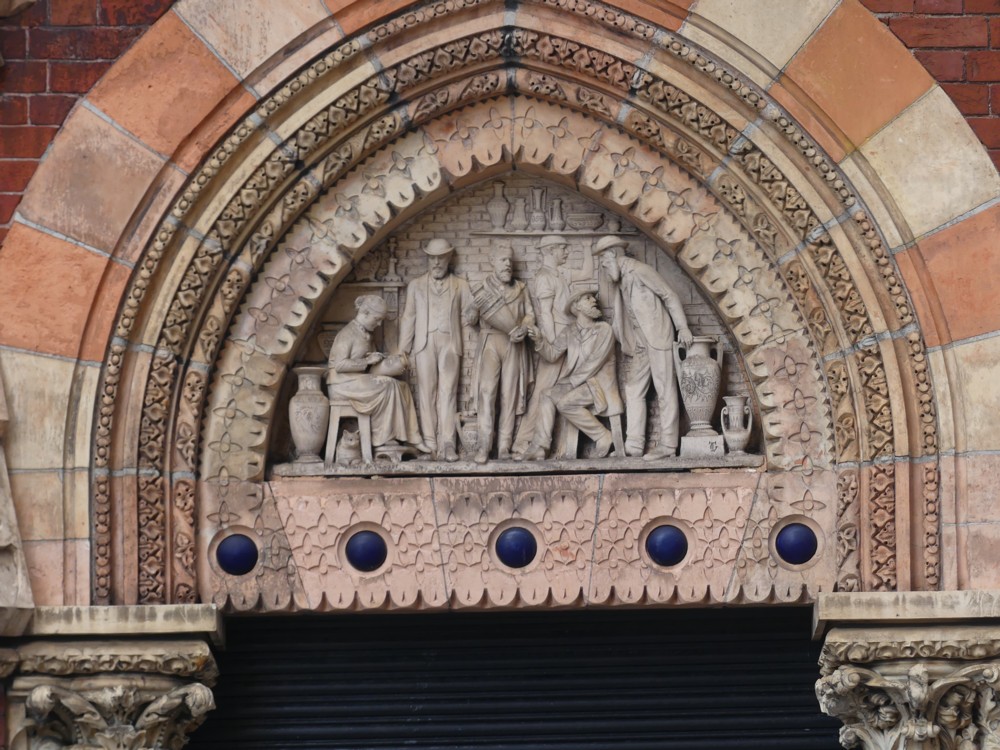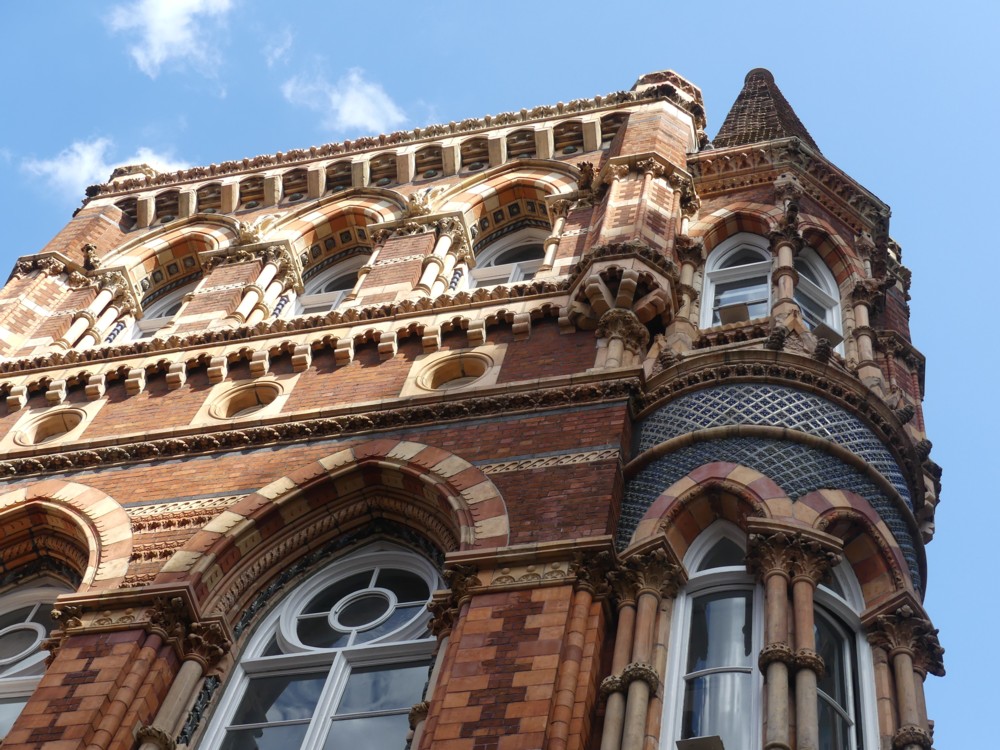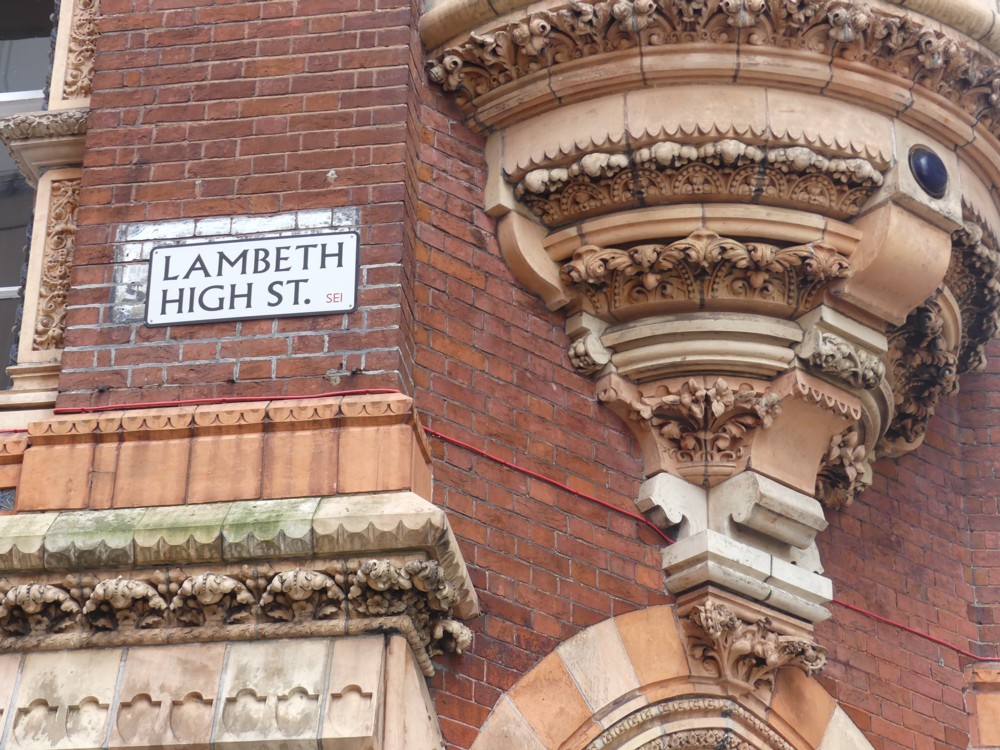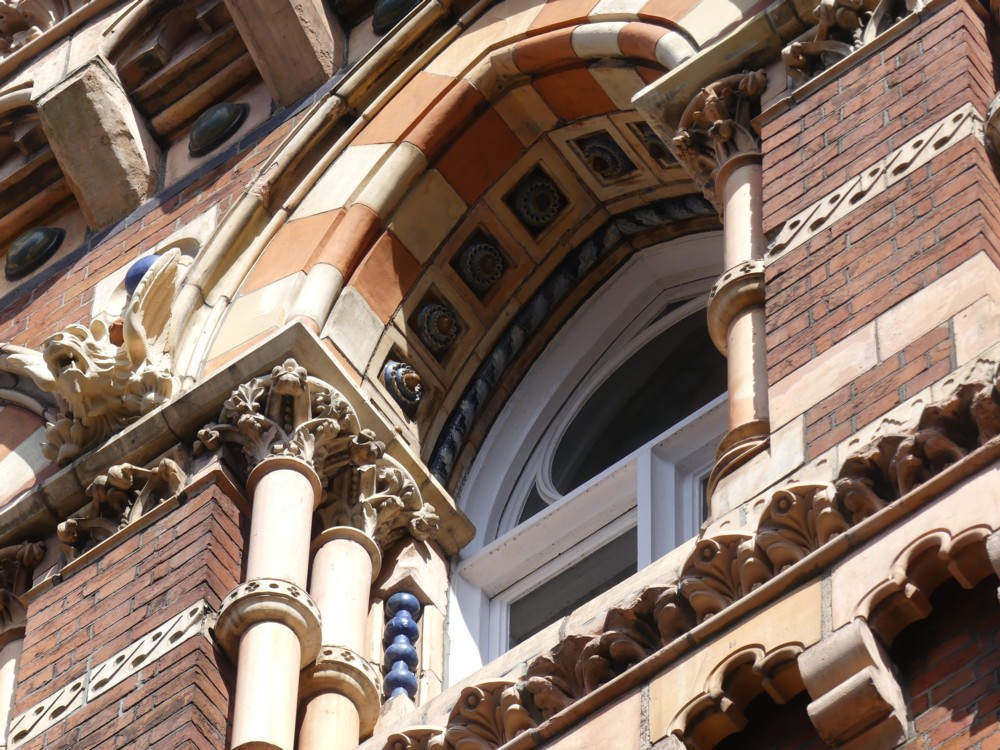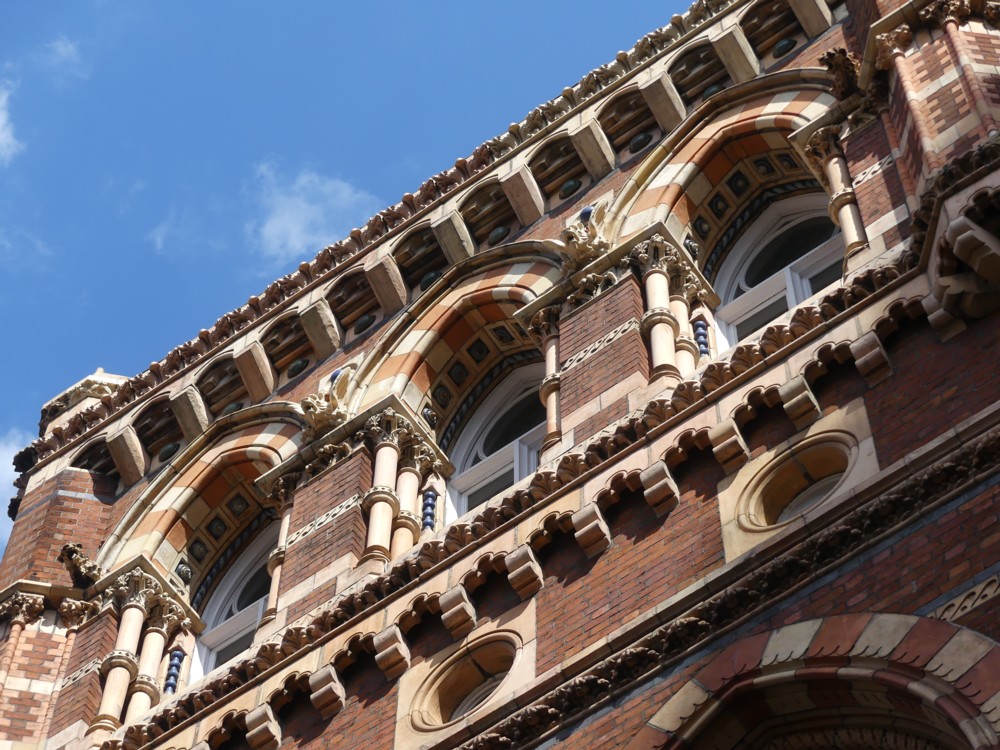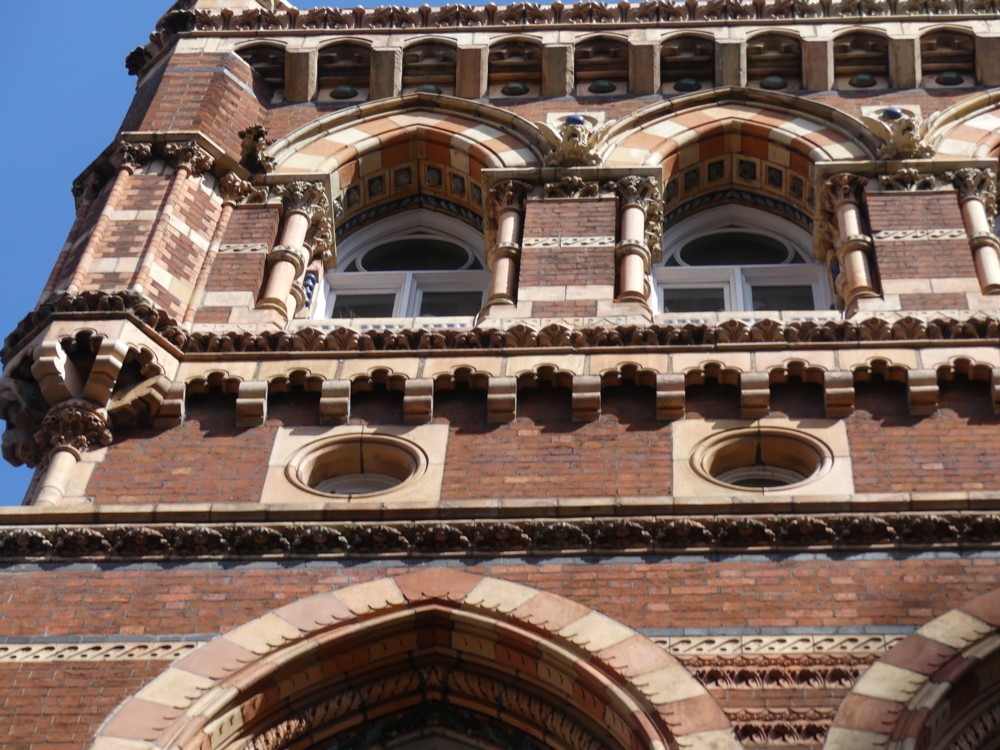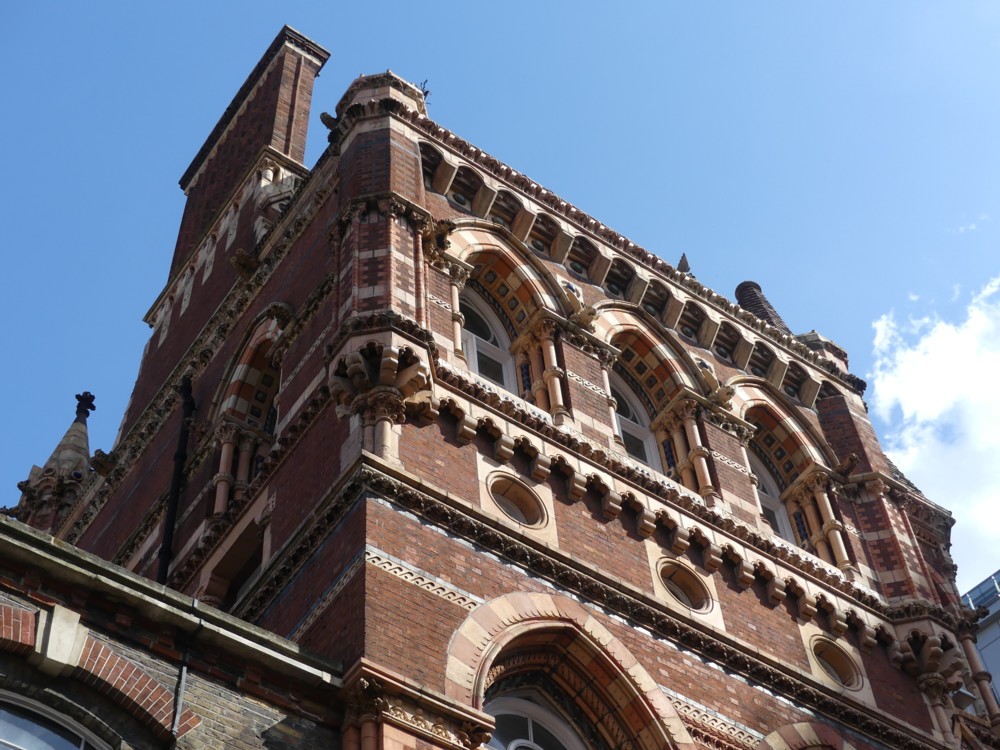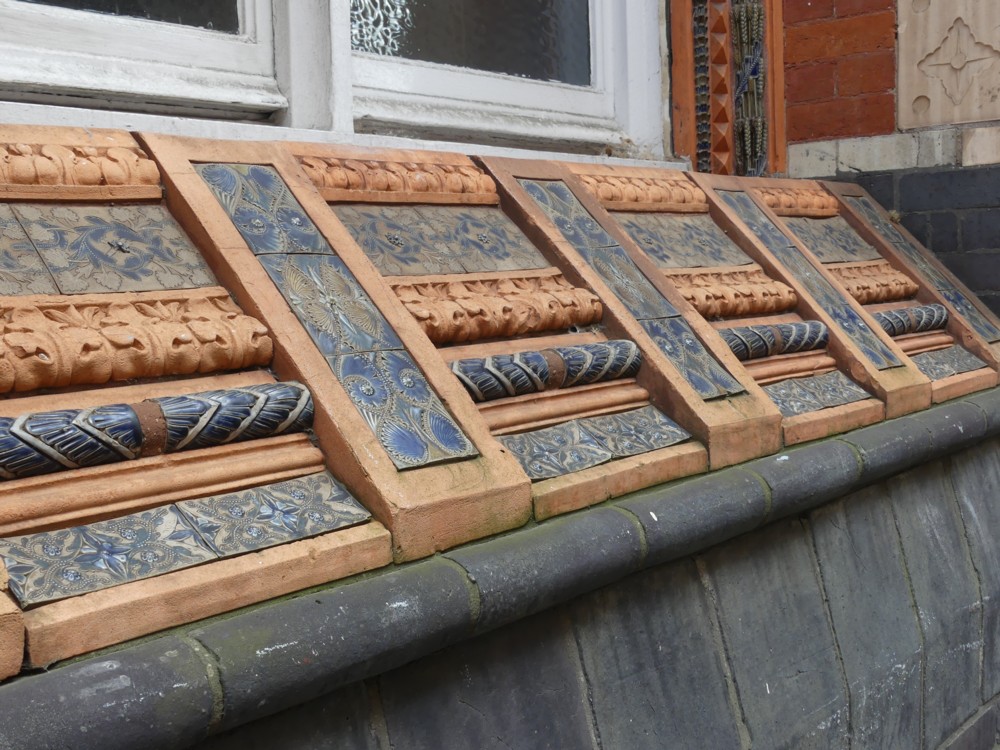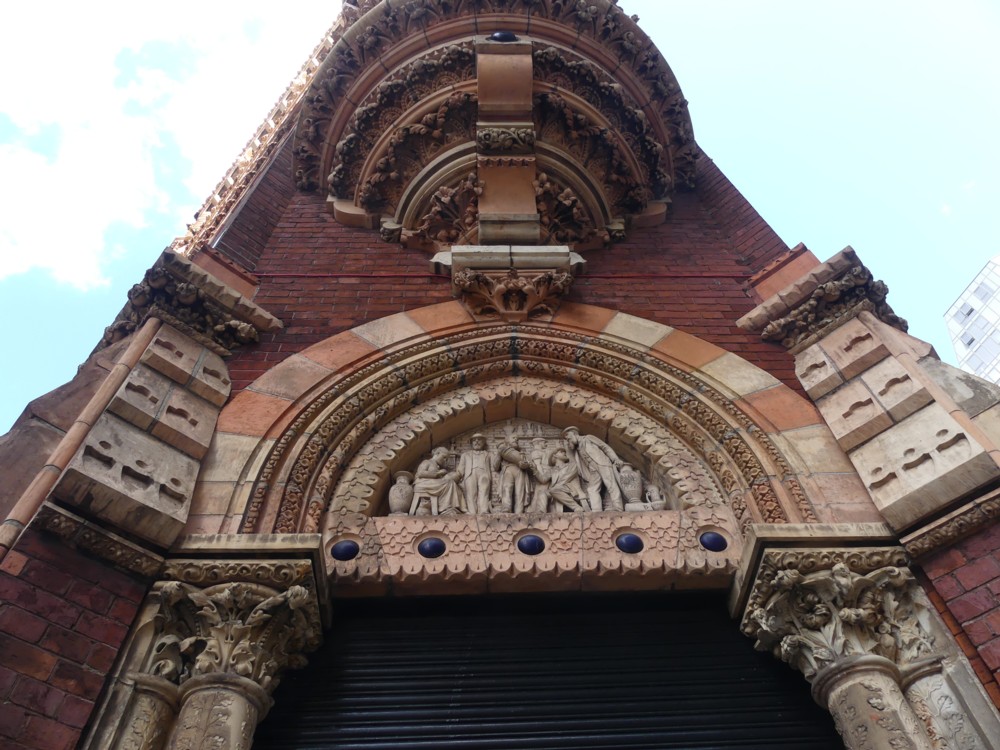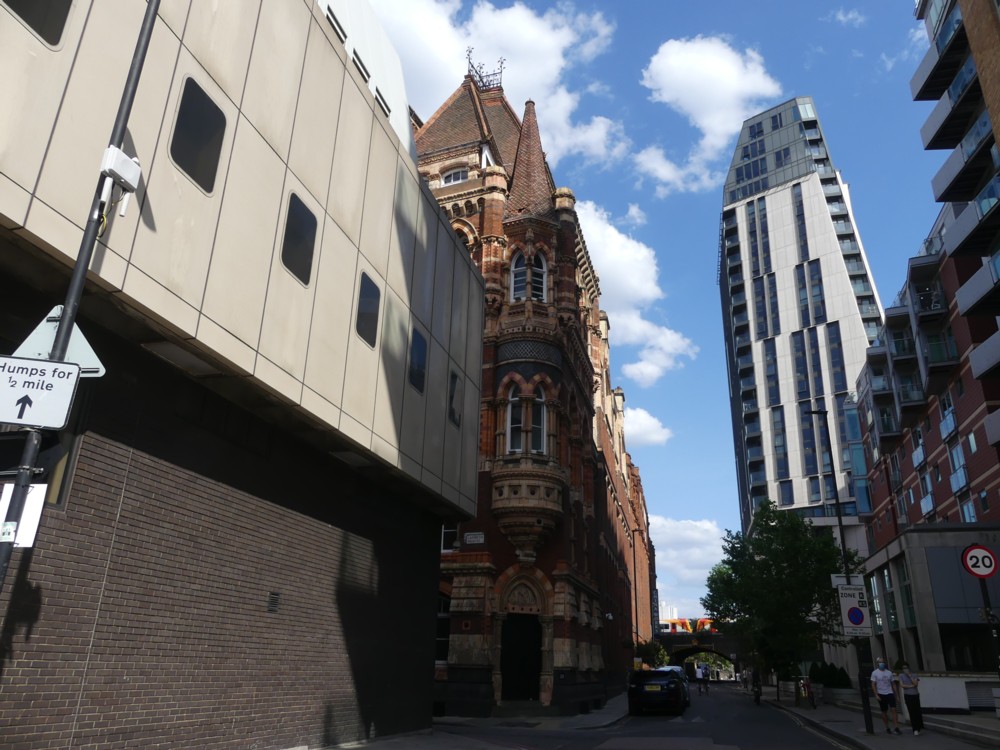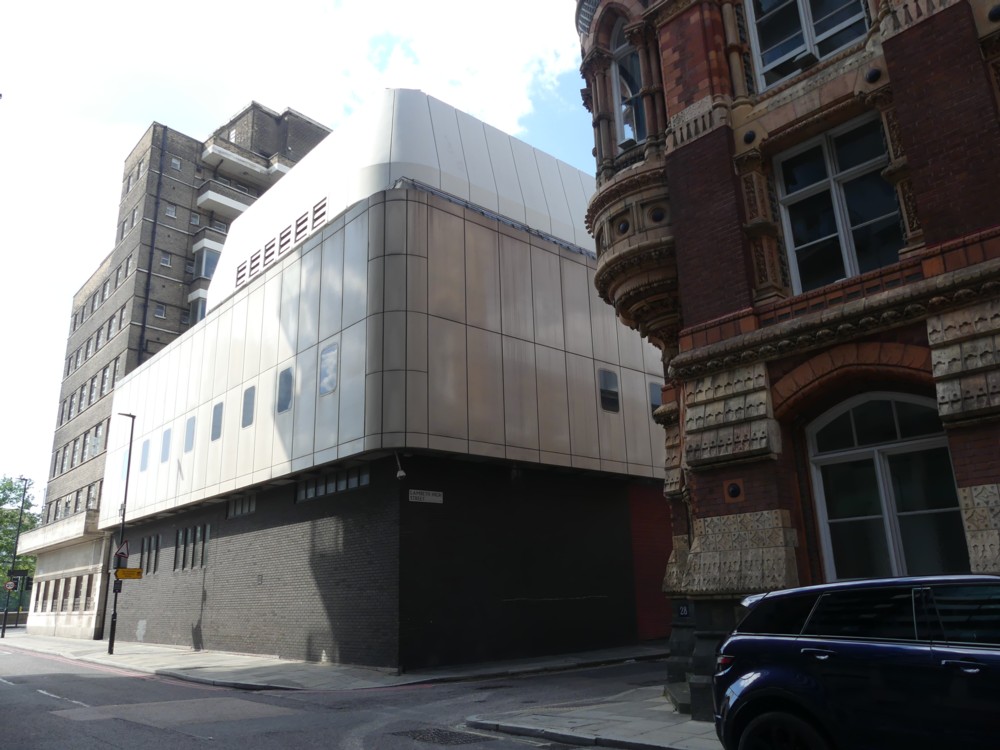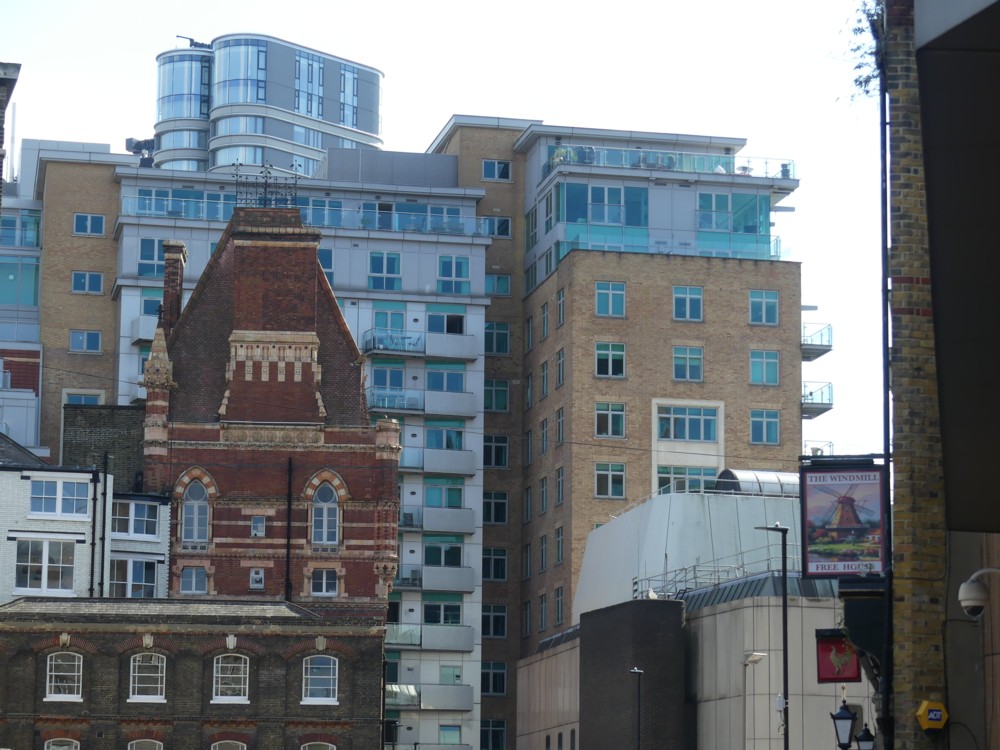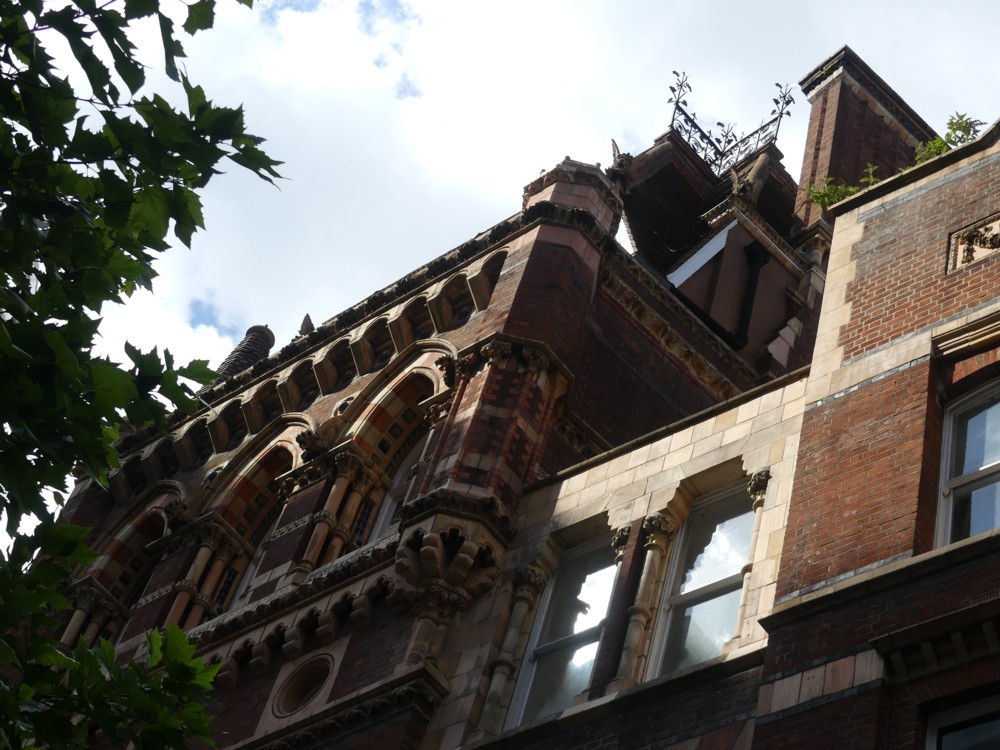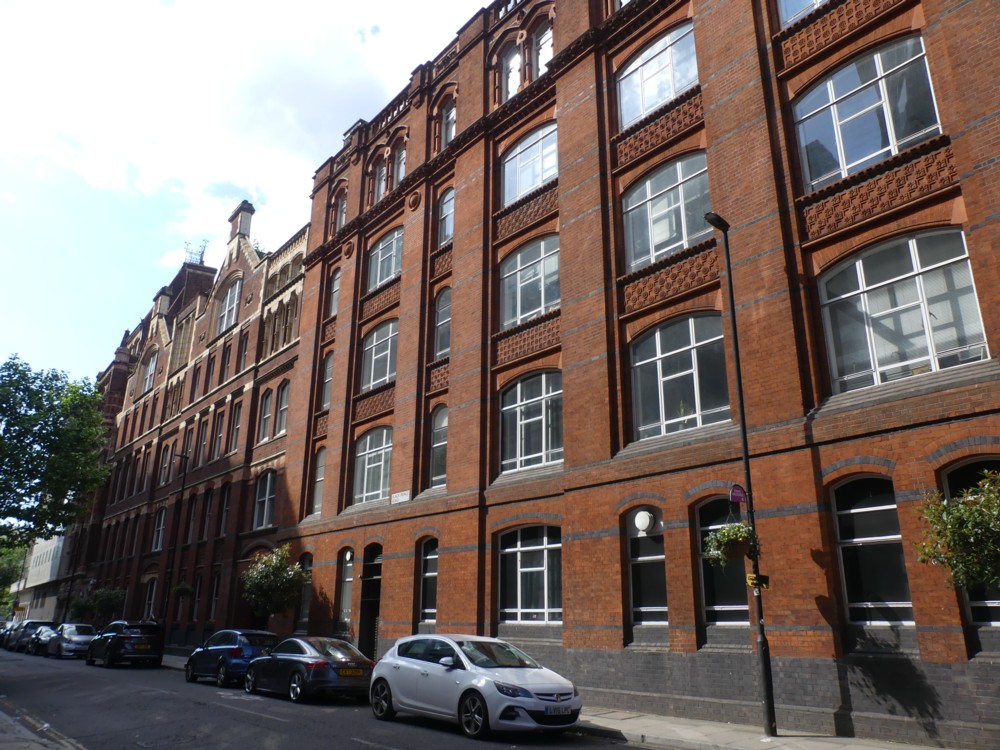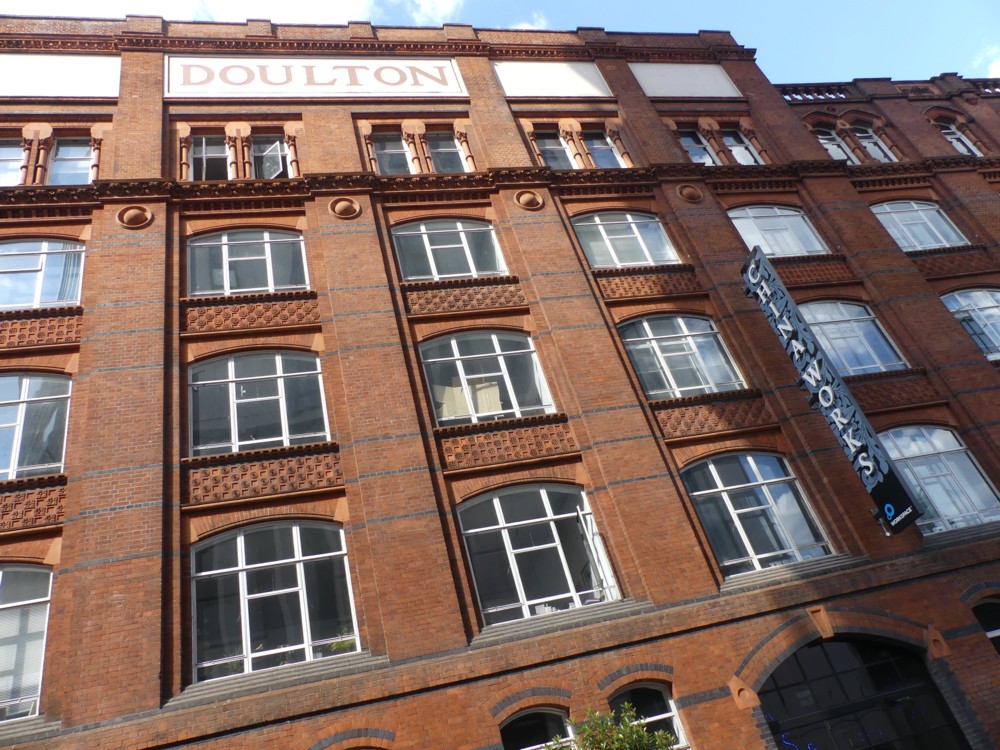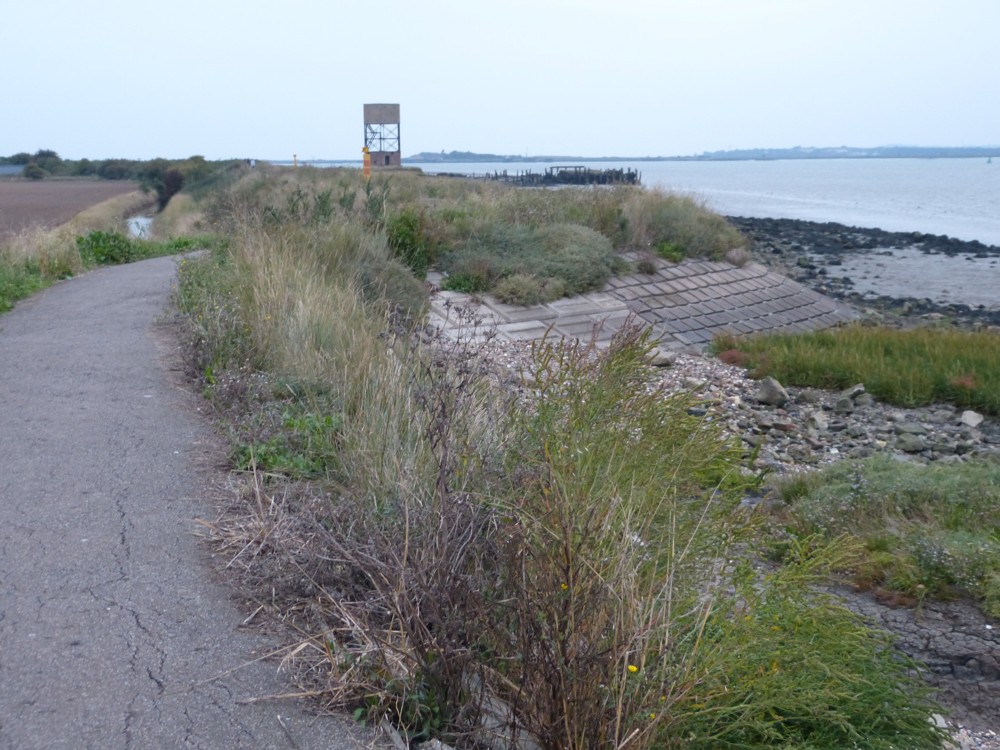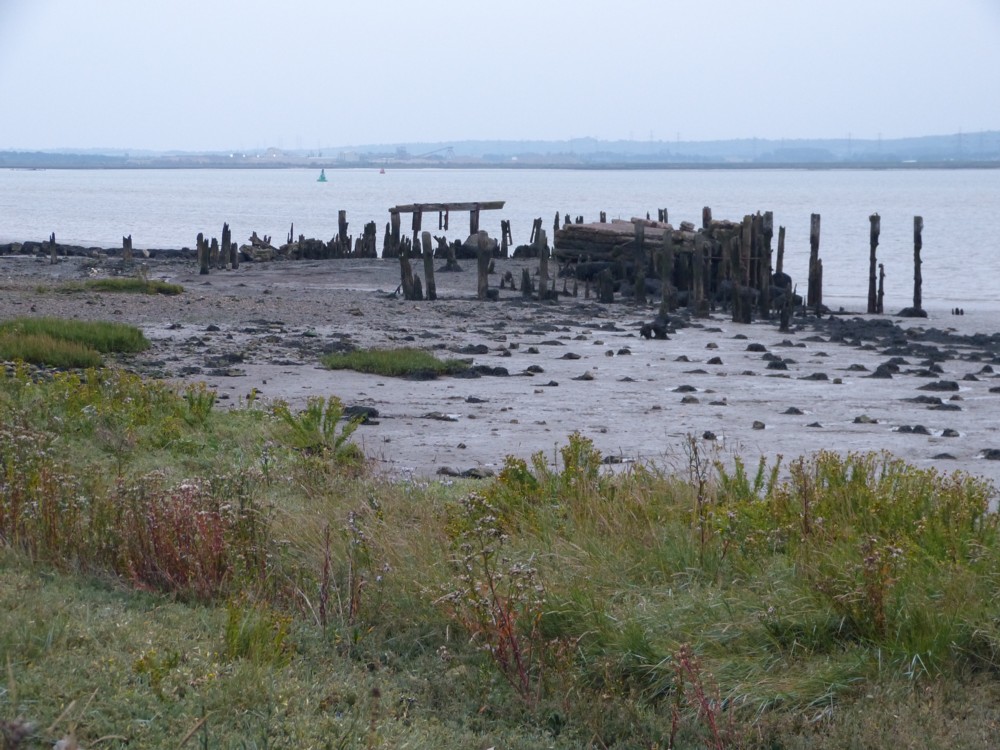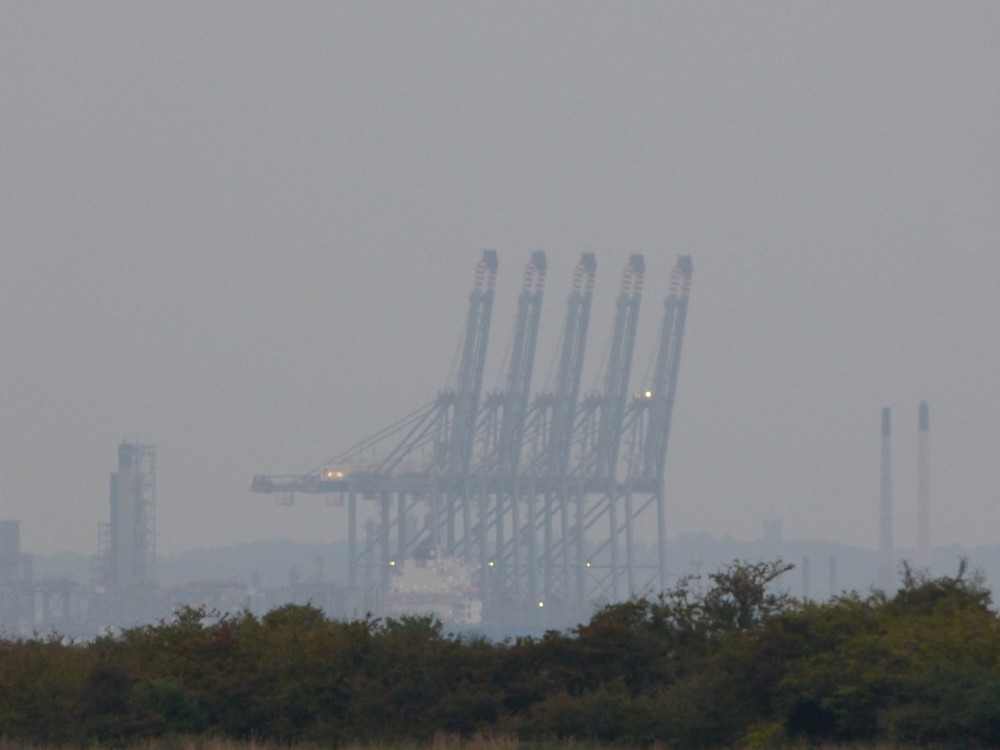At present, The Plague and The Riots loom large. But when historians look back on 2020, will they instead talk about e-scooters? I am now betting so. E-scooters, historians will say, were a crucial step in the development of PowShoos. You know, Power Shoes, the ones you put on, which make you immediately able to (a) stand almost still, but yet (b) travel at a hundred miles an hour without hitting anyone.
Back in the time of now, living as we now do at this historic moment in transport history, we have to make do with our clunky old e-scooters, and here is another thought from me on e-scooters, along with all these thoughts.
Google is starting to send me emails with links to articles about e-scooter hiring and e-scooter sharing. But if you google these subjects, you also find pieces saying that these ideas are already failing, in places where this is being attempted. This makes perfect sense to me, because what I now say is that shared e-scooter services make little sense.
The only big reason for hiring or sharing an e-scooter now is to find out if you’d like to own one. As soon as e-scooters become at all widely owned, as they are about to in London, we’ll all have friends who can lend us theirs to have a go on, to see if we’d like to own one also. Actual e-scooter sharing will be huge, informally. But it won’t be an organised “service”, public or private, because it won’t need to be. And anyway, as soon as you even see an e-scooter in action, you can see if an e-scooter would suit you. It’s not complicated. What you see is what you’ll get.
Consider the current domination of laptop computers. That likewise spread owner-to-owner. There were never any big laptop sharing or hiring services. There didn’t need to be.
As I explained in my last e-scooter posting, a huge attraction of e-scooters is that you can cling onto them when travelling but not actually riding on them. You can carry them, and as the video adverts for e-scooters that Google is now attaching to my internet reading are explaining, you can put an e-scooter into the boot of a car, which you cannot do easily with a bike, unless you are something freakish like a member of a sports bike racing team. You can even put an e-scooter into the boot of a taxi. All of which makes e-scooters very appealing compared to their big competitors, biking or walking. Biking is too cumbersome. (What do you do with the damn bike when you aren’t biking?) Walking is too slow and can’t do longer distances.
Bike hiring is the answer to the problem of what you do with a bike once you get off it and need then to abandon it. E-scooter hiring, on the other hand, is the answer to a problem which does not exist. When you get off your e-scooter, you hang on to it. Until you get to work, where you store it, or until you get home, ditto. Otherwise, you keep it with you.
To put it another way, the e-scooter is, above all, personal. You will own your
Bike sharing schemes required a massive amount of cumbersome politics to get established, which was endured because bike sharing schemes solve an actual problem. But all plans for e-scooter sharing schemes will be overwhelmed by the simple process of e-scooter people just buying their own e-scooters. All that is needed, politically, is for e-scooters to be allowed.
As of right now, e-scooters are very expensive. E-Scooter Man, whom I recently met and talked with, twice, paid the best part of a a thousand quid for his. Soon, e-scooters will plunge in price to nearer a hundred quid. They will also get a lot less heavy and less bulky, even than they are now, what with their portability being such a big deal.
Then, watch them fly off the shelves.



